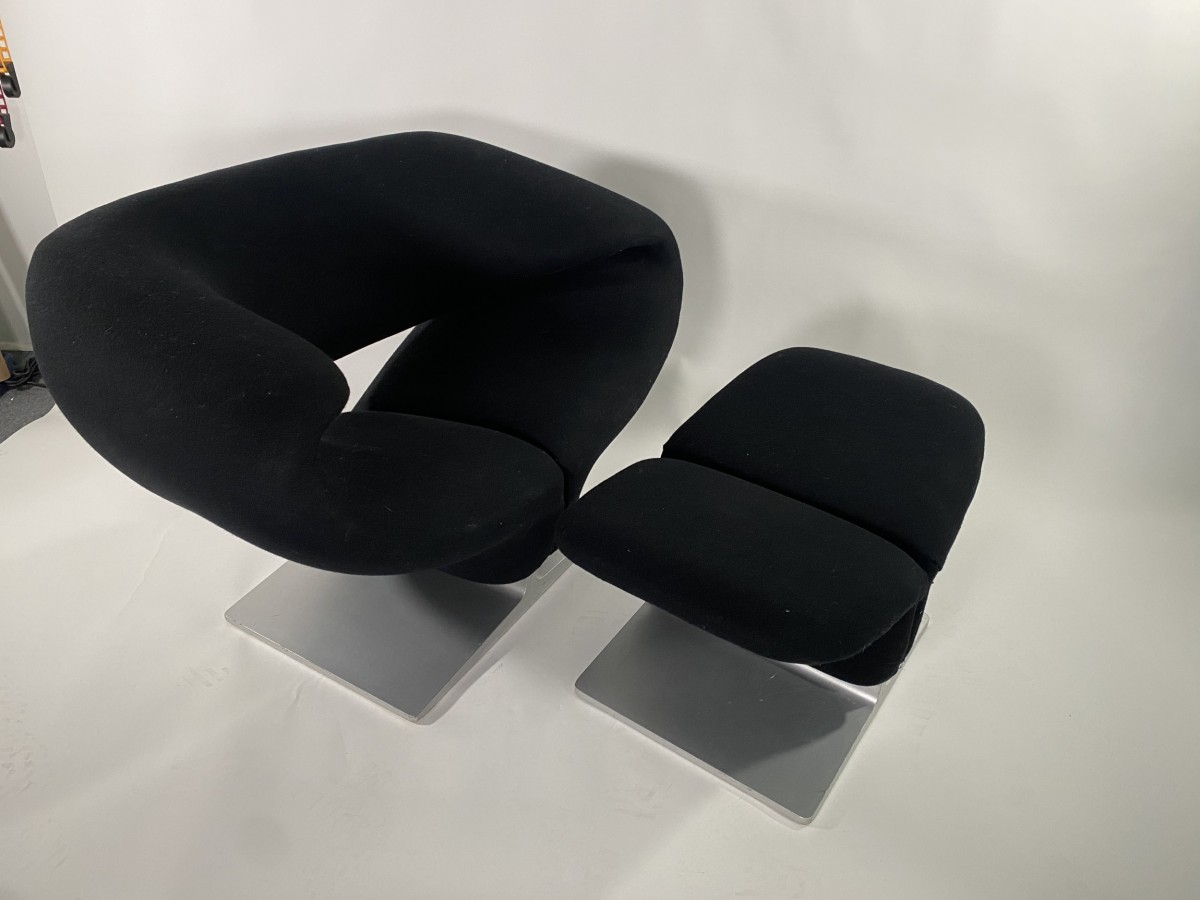X
{{ modalTitle }}
PLEASE FILL IN THE REQUIRED FIELDS.X
X
{{ modalTitle }}
Choose one of the options below.X
ITEM SUCCESSFULLY
ADDED TO PROJECT
Set of 4 French Louis XIV Arm Chairs
 Mid-Century
Mid-Century French
French Seating
Seating Armchairs
Armchairs
Newel Gallery
306 East 61st Street, 3rd Floor
NY - 10065
 (212) 758-1970
(212) 758-1970
Set of 4 French Louis XIV Arm Chairs

Newel Gallery
306 East 61st Street, 3rd Floor
NY - 10065
 (212) 758-1970
(212) 758-1970
 Seating
Seating Armchairs
Armchairs
About Andre Arbus
Andre Arbus (1903-1969) was a prominent French furniture and decorative arts designer who played a significant role in the mid-20th-century design movement. Known for his distinctive style and meticulous craftsmanship, Arbus created timeless pieces that continue to be revered today.
Born on October 14, 1903, in Toulouse, France, Andre Arbus showed an early interest in the arts and read more..
Louis XIV
A design period which glorified and enforced the rule of the King of France by the same name between 1643 and 1715. The style includes three distinct periods. The first third of the period drew heavy influence from Italian Baroque design and the style of the previous king, Louis XIII, employing large, masculine, symmetrical forms. Mahogany and oak were favored as materials. As the period continued, the style became more classically ostentatious and decorative and was characterized by large, ornately carved, gilt pieces. The end of the period popularized ironwork and marquetry as finishing techniques, employed a variety of fantastical forms, and included arabesque, coquille, and grotesque designs. This period also saw the popularization of several common furniture varieties, including the commode, console table, and canape sofa, among others.
Oak
A dense hardwood valued in furniture making for its durability and strength. It varies in shade depending on variety and can range from a lighter wood (white oak) to a deep reddish brown (red oak). It became popular during the Tudor period in England and remains a popular wood variety.
Louis XIV
A design period which glorified and enforced the rule of the King of France by the same name between 1643 and 1715. The style includes three distinct periods. The first third of the period drew heavy influence from Italian Baroque design and the style of the previous king, Louis XIII, employing large, masculine, symmetrical forms. Mahogany and oak were favored as materials. As the period continued, the style became more classically ostentatious and decorative and was characterized by large, ornately carved, gilt pieces. The end of the period popularized ironwork and marquetry as finishing techniques, employed a variety of fantastical forms, and included arabesque, coquille, and grotesque designs. This period also saw the popularization of several common furniture varieties, including the commode, console table, and canape sofa, among others.
Oak
A dense hardwood valued in furniture making for its durability and strength. It varies in shade depending on variety and can range from a lighter wood (white oak) to a deep reddish brown (red oak). It became popular during the Tudor period in England and remains a popular wood variety.
Louis XIV
A design period which glorified and enforced the rule of the King of France by the same name between 1643 and 1715. The style includes three distinct periods. The first third of the period drew heavy influence from Italian Baroque design and the style of the previous king, Louis XIII, employing large, masculine, symmetrical forms. Mahogany and oak were favored as materials. As the period continued, the style became more classically ostentatious and decorative and was characterized by large, ornately carved, gilt pieces. The end of the period popularized ironwork and marquetry as finishing techniques, employed a variety of fantastical forms, and included arabesque, coquille, and grotesque designs. This period also saw the popularization of several common furniture varieties, including the commode, console table, and canape sofa, among others.
Oak
A dense hardwood valued in furniture making for its durability and strength. It varies in shade depending on variety and can range from a lighter wood (white oak) to a deep reddish brown (red oak). It became popular during the Tudor period in England and remains a popular wood variety.















